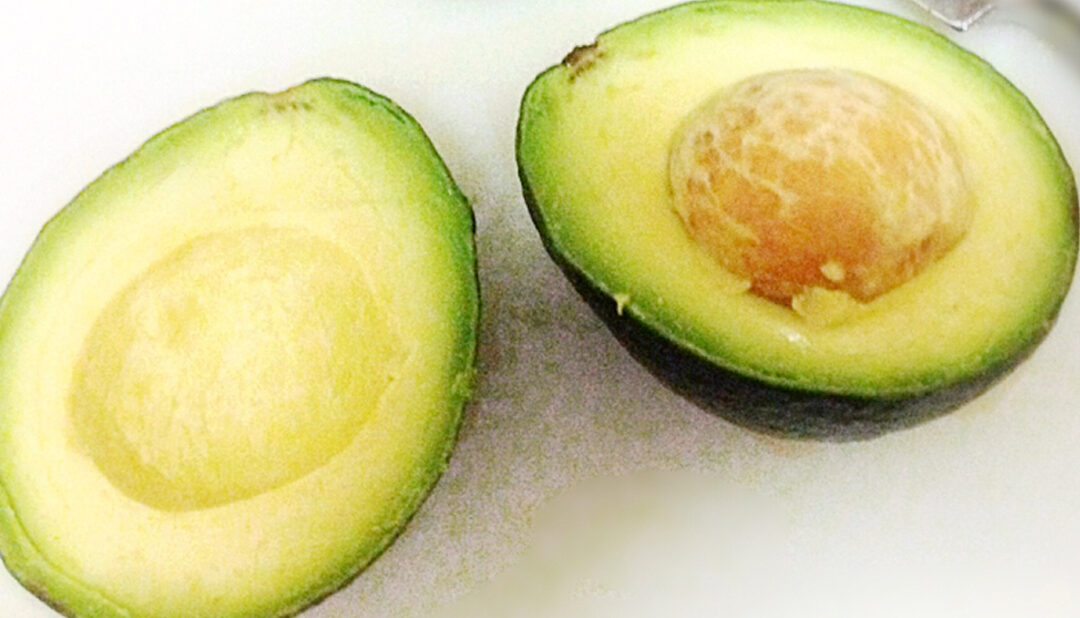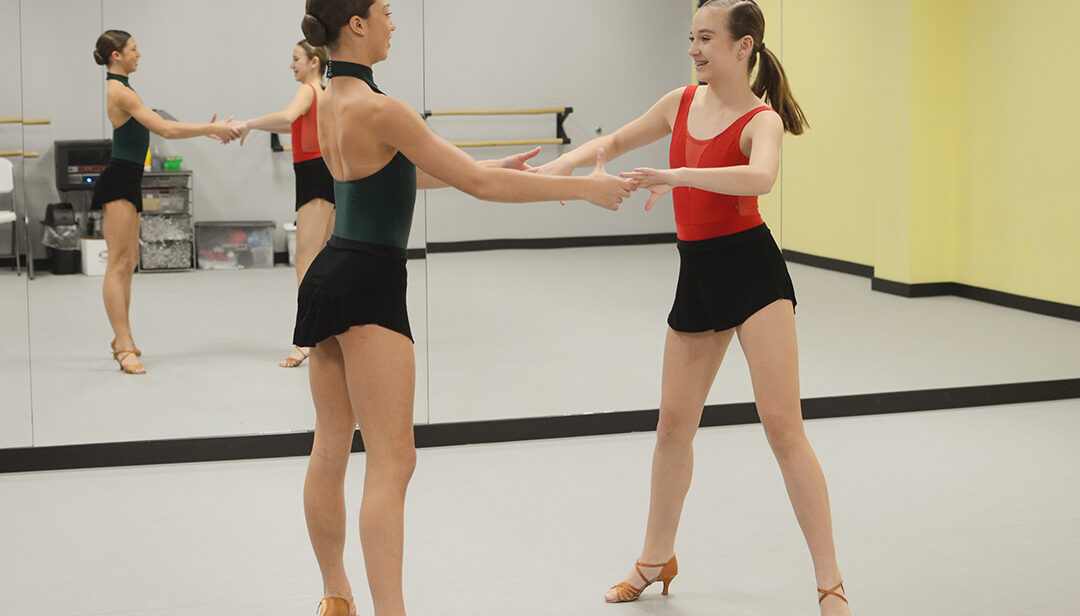
Healthy Fats to Fuel the Young Athlete
Meeting Increased Energy Needs
Young athletes not only burn additional calories with training and events, but they also burn a higher number of calories during accelerated periods of growth and development. That can be a lot of calories burned in one day! When athletes limit their intake of dietary fat, it can also put them at risk of not meeting their daily energy needs for growth, development and performance. We recommend including sources of healthy fats each day to ensure energy needs are being met*. This can be especially helpful if the athlete is going through a growth spurt and struggling to maintain his/her weight.
Include these sources of healthy fats to increase energy intake:
- Include nuts and seed on your yogurt
- Add peanut butter to apple slices or a banana
- Add sliced avocado to a turkey sandwich
- Use guacamole as a dip for whole grain crackers
- Dip carrot sticks in hummus
* Remember that fat is digested more slowly and can interfere with performance if eaten right before an event. Plan fat-containing meals & snacks with adequate time before events.
Brain Health & Development
Did you know that approximately 60% of the brain is fat? The majority of this 60% is made up of omega-3 fatty acids, EPA and DHA. The body needs these healthy fats for optimal brain development and cognitive function, both important for academic and sport performance.
Include these sources of omega-3’s for optimal cognitive function and development:
- Salmon for lunch or dinner
- Tuna on a salad for lunch or dinner
- Sprinkle flaxseed over oatmeal for breakfast or a snack
- Enjoy omega-3 fortified eggs for breakfast
Proper Growth & Development in the Young Female Athlete
With so much focus on carbohydrate and protein in a sports diet, fat can get pushed to the side, especially in aesthetic sports such as ballet, gymnastics and figure skating. This can also be seen in sports such as long-distance running or cycling where it benefits the athlete to be lean. However, inadequate fat intake, especially in a young female athlete can lead to delayed onset of menstruation, which can cause short and long-term consequences on the athlete’s health. While fat requirements for each athlete are unique, a certain amount of fat does need to be present in the sports diet. If concerned about the adequacy of your young athlete’s sports diet, seek guidance from a sports dietitian who can plan meals tailored to his or her unique needs.

